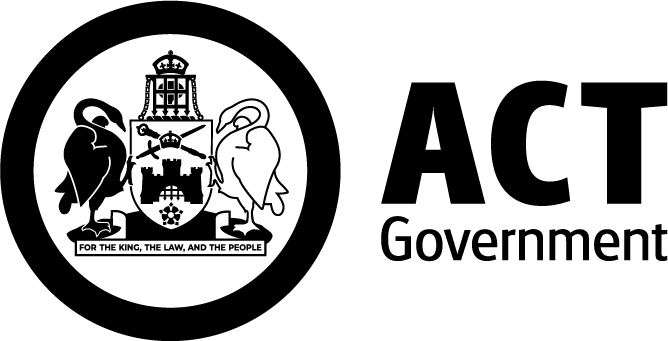Canberra Grassland Earless Dragon (Tympanocryptis pinguicolla)

Description
- The Canberra Grassland Earless Dragon is a small lizard that grows up to 15 cm long and weighs between 5-9 g.
- Each dragon has distinctive markings on its back.
- This lizard uses burrows dug by other animals such as Wolf Spiders or Canberra Raspy Crickets for shelter and potentially egg deposition.
- During breeding season, adult dragons can have yellow-orange or red colouring on their throat, the sides of their head and flanks.
- They lay their eggs in November to January, which hatch between January and March.
- The species doesn’t live for long, with animals often not surviving for more than a single breeding season. They eat different kinds of small invertebrates including ants, beetles, spiders and moths (including larvae).
Where to find them
The Canberra Grassland Earless Dragon was thought to be extinct until it was rediscovered in the ACT in 1991. This was after not being sighted for 30 years.
Its range is restricted to Natural Temperate Grassland in the Majura Valley and Jerrabomberra Valley.
The Canberra Grassland Earless Dragon lives in well-drained areas with Tall Speargrass and shorter Wallaby Grass. It can also live in areas with some patches of grass and open spaces.
Canberra Grassland Earless Dragons prefer to live in higher and cooler areas compared to other earless dragons.
They prefer cold grasslands with no ploughing or major disturbance.
Conservation threats
Threats to the Canberra Grassland Earless Dragon include:
- land clearing for urban development or agriculture
- changes to native grasslands from pasture improvement
- ploughing
- climate change and its affects
- fires or droughts.
Conservation status
- National – Critically Endangered (Environment Protection and Biodiversity Conservation Act 1999).
- Australian Capital Territory – Critically Endangered (Nature Conservation Act 2014), Special Protection Status Species (Nature Conservation Act 2014).
Conservation actions
Conservation actions aim to:
- conserve all ACT populations
- create more habitats for the species
- care for their habitat by managing grasslands
- protect their habitat by managing urban development
- monitor and research the species
- restore grasslands to reconnect subspecies
- create a mix of grass heights in the habitats to provide shelter, right temperature, and food for the species
- work with research institutions and non-government organisations to better understand the species.
Conservation and research
In 2021, Tidbinbilla Nature Reserve opened a new breeding facility. This, along with the breeding facility at Melbourne Zoo, helps prevent extinction and provides healthy animals for conservation efforts.
Animals produced from these breeding colonies have been released into the wild and outdoor predator-proofed ring tanks. They are part of ongoing research designed to increase our knowledge and understanding of the ecology of this species. Increasing how we understand threats and management is needed to optimise their chances of surviving in the long-term.
Learn more on the Canberra Grassland Earless Dragon monitoring dashboard and see how the species is tracking.
